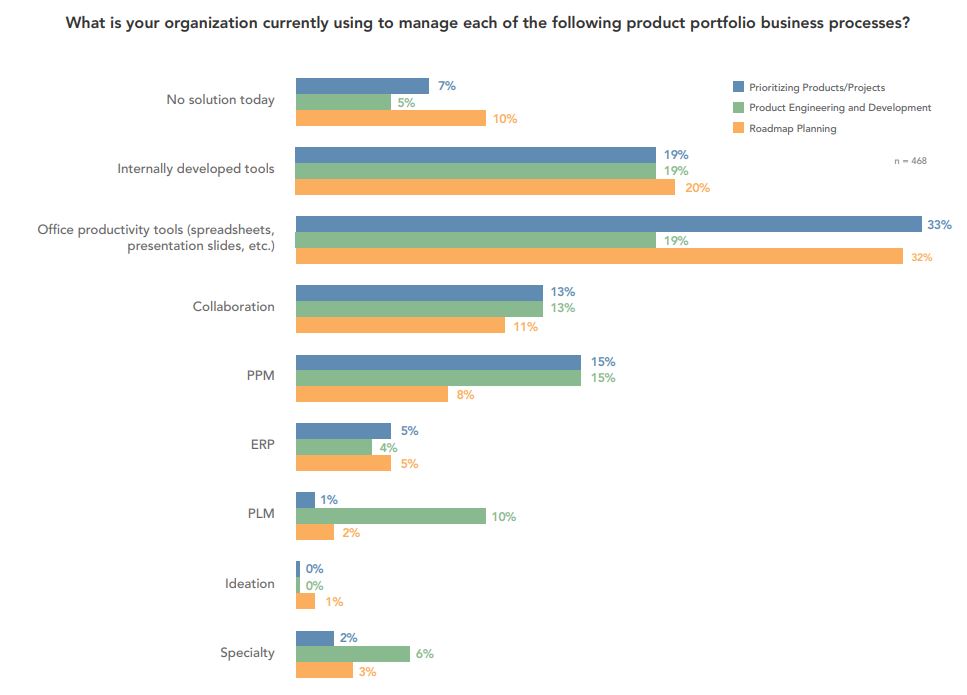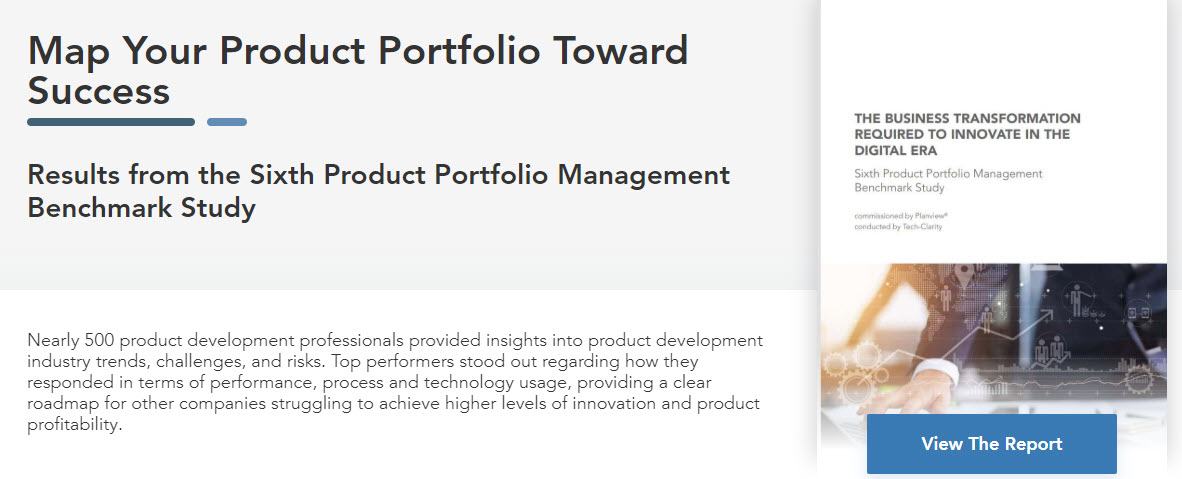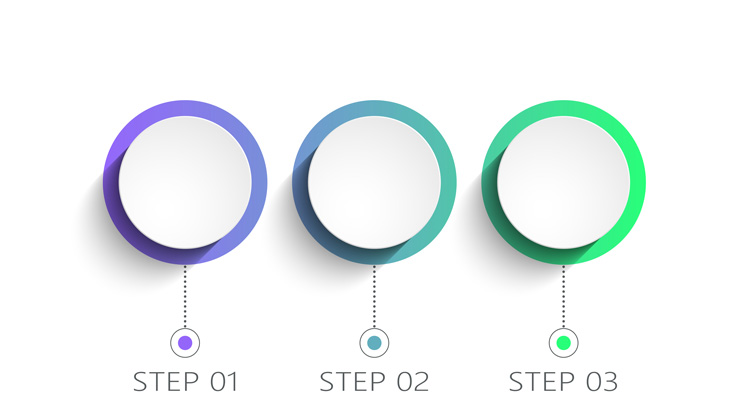
In our last piece, we explained how top performers leveraged consistent and effective product portfolio management processes to ensure continued industry leadership. In this, our sixth installment of our eight part series, “The Complexity of Managing Smarter, More Connected Products,” we explore the notion of leveraging technology to resolve product portfolio challenges. Review the previous installments by browsing through the list below.
- Part 1: The Complexity of Managing Smarter, More Connected Products
- Part 2: Connecting Innovation Investments with Delivery
- Part 3: Managing Product Portfolio Challenges in the Digital Age
- Part 4: Ensuring the Life Blood of Your Business: Data Visibility
- Part 5: Product Development Processes: Changing the Game
This blog takes a look at the technology these industry leaders are using to address the many challenges of managing and guiding the evolution of complex and growing portfolios.
Part 6: Product Portfolio Challenges Are Real; Technology Is the Answer
The march to industry leadership is paved with enabling technology. The Sixth Product Portfolio Management Benchmark Study (conducted by Tech-Clarity) indicated that thriving companies typically encounter natural challenges associated with rapid growth. As portfolios grow, it can become increasingly more difficult to manage planning, strategy, and execution across an organization or providing the real-time information required to adapt at speed. Yet most organizations are still using spreadsheets and internally developed tools to manage their product portfolio.
These tools, while useful in small-scale environments with a handful of teams managing a few products, cannot support the management of large and diverse portfolios in large organizations. Active communication and adapting at speed are critical in such environments, and portfolio management technology is a key success factor. The study clearly indicates that organizations must leverage technology internally across every stage of the product development process.
Growth Is Necessary; Challenges Are Normal
As organizations try to build smart, connected products and services, their survey respondents report managing priorities as the biggest challenge. Products and projects, roadmap planning, engineering, R&D, and design execution all have to be prioritized as part of the larger resource management effort. But it doesn’t end there.
They’re also finding product financial planning and analysis as well as resource planning and management to be more complicated. In ranked order, respondents reported the following top five challenges associated with growth:
- Roadmap planning (38%)
- Prioritizing products and projects (34%)
- R&D, engineering, or design execution (34%)
- Product financial planning and analysis (27%)
- Resource planning and management (25%)
In the context of launching smart connected products, the stats and rankings of these challenges are not surprising. The required collaboration of previously siloed parts of the organization to manage the release of new products and services becomes more complicated as the number increases.
Companies must coordinate business processes, product design, data feeds, enterprise systems, and much more. The implementation of digital business strategies like predictive service offerings or shifting to a product-as-a-service (PaaS) model require the collaboration of all parties involved in the previously mentioned disciplines.
Make Technology Your Tool of Choice
The puzzling thing is that the overwhelming majority of respondents—if they had a dedicated solution at all—reported that they use desktop tools such as spreadsheets and presentation slides, with internally developed tools coming in second. Adding new variables to the process increases the inefficiencies of these types of tools as well as the risks of lost time, money, and competitive advantage.
The use of office productivity tools such as spreadsheets and presentation software were ranked according to the following breakdown:
- Prioritizing products and projects – 33%
- Roadmap engineering and development – 32%
- Product and Engineering – 19%
At number two, internal tools were ranked at or near 20% for the same three practices.
These manual tools require too much time and effort to compile and correlate data, which tends to be inaccurate and outdated—and they aren’t centralized for organization-wide visibility. They simply cannot enable the complex activity thriving businesses demand. What-if analysis based on criteria such as technical viability, financial impact, resource capacity, risk, sustainability, and commercialization success to increase portfolio value, all are inhibited when there is a lack of modern technology.
Better Technology Equals Better Performance
Top Performers are 30 percent more likely to use PPM software solutions. These high-value solutions allow them to drive digital transformation, product innovation, and business value. This technology, tailor-made for growing organizations, significantly enables better resource management and capacity planning. As a bonus, it also enables faster and more effective decision-making because it’s based on analytics and real-time, calibrated reporting.
These benefits are a direct result of allowing stakeholders to see the portfolio as a whole rather than just the segments pertinent to their day-to-day concerns.
Follow along with the remainder of this eight-part series regarding the discipline and importance of PPM to transform your organization into one of the top performers we’ve described, listed below:
- Part 7: A Product Development Process for Successful Strategic Outcomes
- Part 8: 6 Product Portfolio Management Best Practices
Also, don’t forget to read the full benchmark report “The Business Transformation Required to Innovate in the Digital Era” and to register for the webinar, “The Surprising Secrets to Delivering Smarter, More Connected Products,” to learn more.









